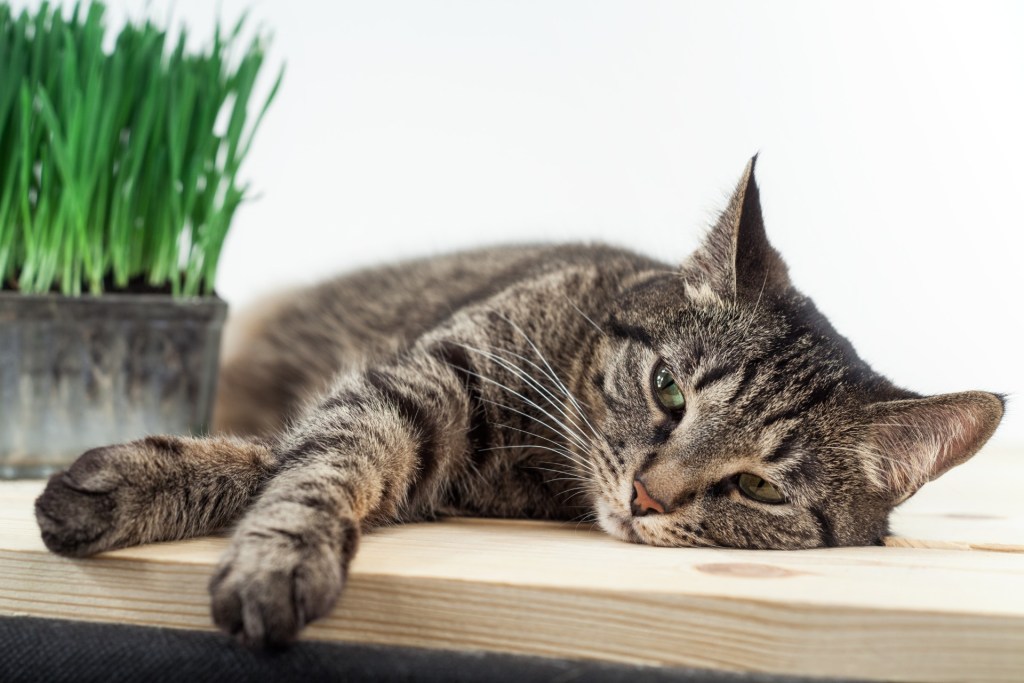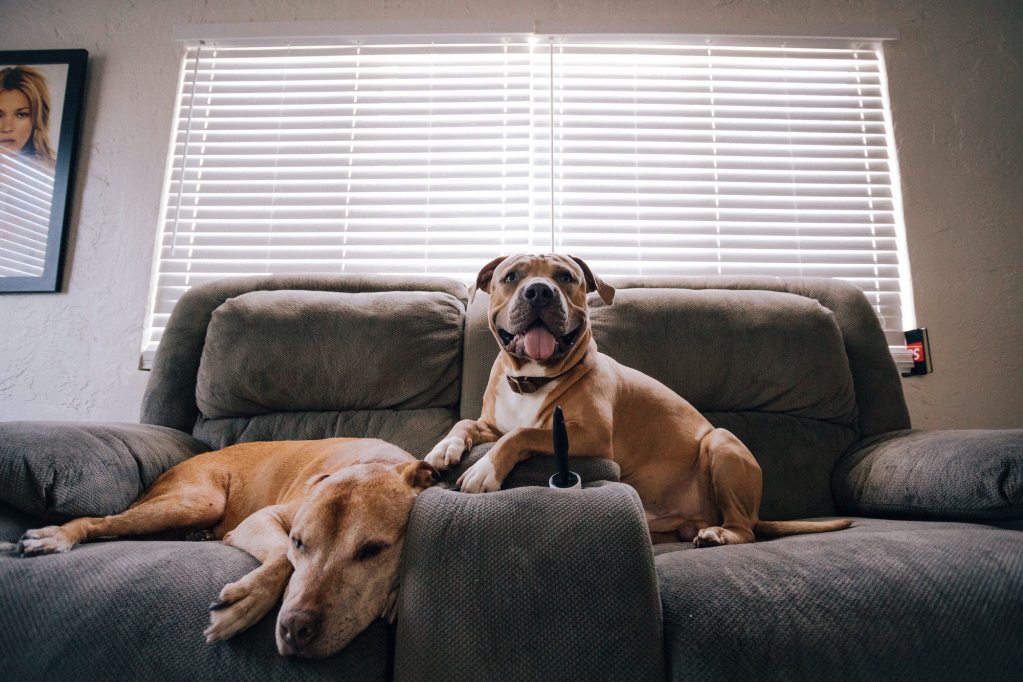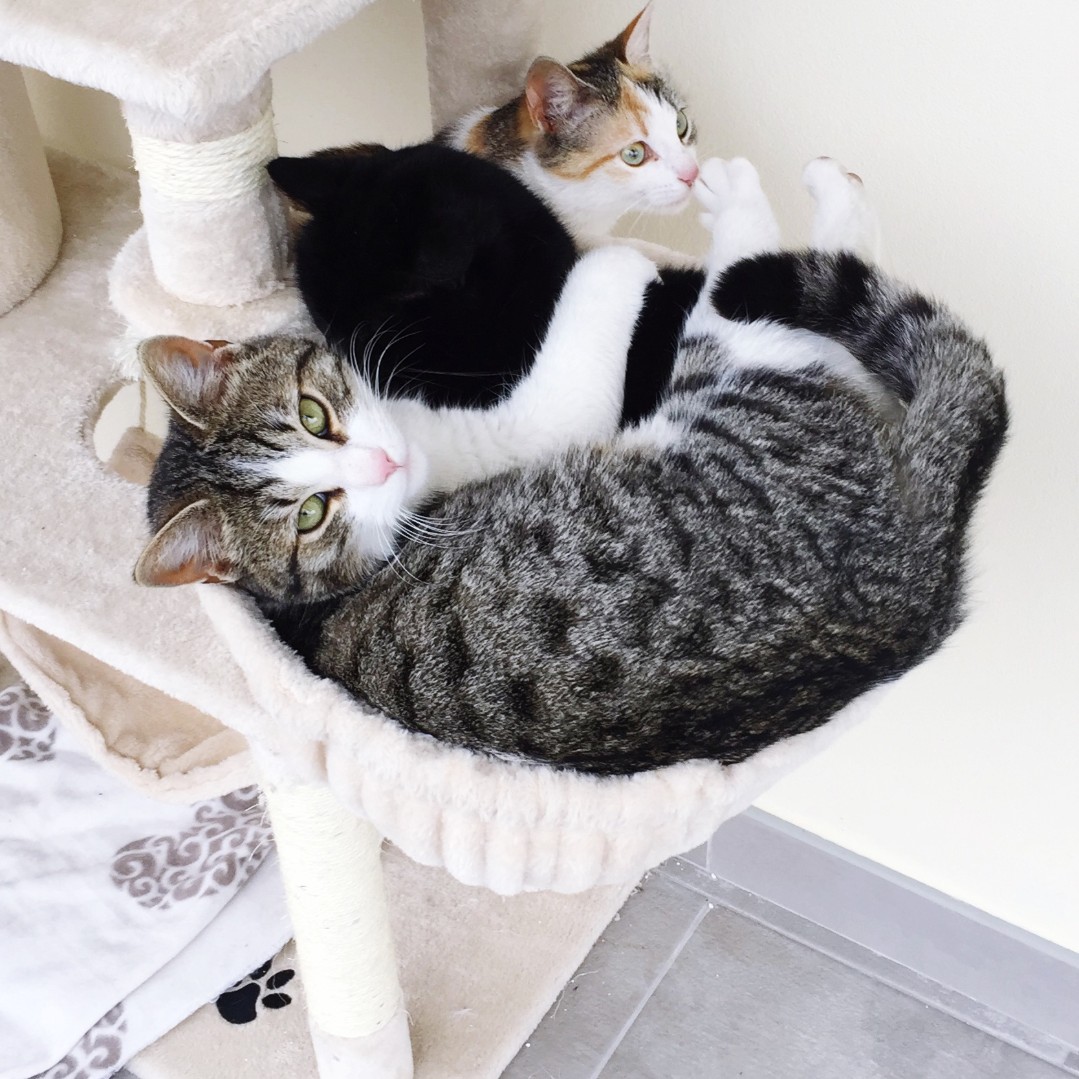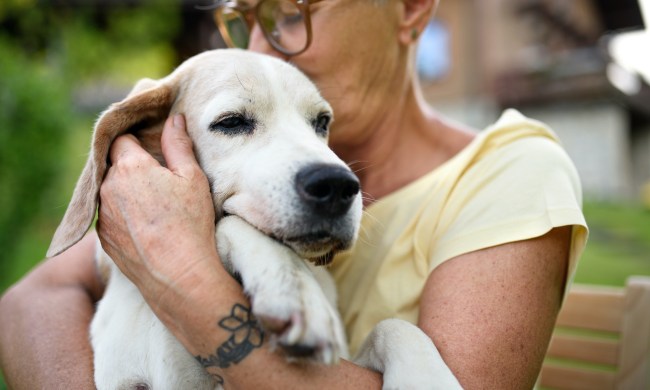You love your pet, but you don’t appreciate it when they jump on your furniture. Your beloved puppy, cat, rabbit, or other pet might get a thrill from lounging on your couch or even skittering across your kitchen counter, but it’s certainly not fun for you. So, let’s take a closer look at why they do this and how to train your pets not to jump on furniture.
Why does my pet like jumping on furniture?

The reasons differ between pets, but here are some common reasons why your fur baby enjoys bouncing up onto your furniture.
Dogs tend to love getting on the couch, bed, armchair, or anything soft, really. One big reason might be that you allowed them on the surface once, and they now think it’s acceptable to hang out there whenever they like.
Your dog might also enjoy the wide view of your living room or bedroom. Since dogs like to keep tabs on their surroundings and keep an eye out for strangers, yours might feel safer on a higher level.
Lastly, when you’re not home, your dog might like furniture that reminds them of you, whether it’s your scent or your usual hangout spot.
Cats are natural climbers. Like most dogs, they also feel more comfortable when they can take a visual survey of a room for potential threats. They’re also just inherently curious and love to explore.
Tall structures, like the tops of kitchen cabinets or ceiling ledges, will tempt them, especially if they feel scared. Your cat might also like a certain spot because it’s warm and cozy for sleeping and lounging.
Rabbits will jump on furniture mainly if they’re running away from something or someone. Other times, they’ll climb because they’re excited or just need an outlet for their high energy levels. However, each rabbit is different, and most actually prefer to stay low, like they would in their natural habitat.
How do I train my dog not to jump on furniture?

There are several ways to reduce jumping behavior in dogs:
Rewards
When your fur baby is still young, train them early. Place a leash on your pup in the living room and wait until he eventually goes to his own bed. If he tries leaping up the couch instead, utter a firm, “No.”
When he willingly walks to and stays in his own bed, praise him! Give him a pat and say, “Bed!” to reinforce the connection between the command and his personal area. You might also leave puppy treats and toys in areas where you want your pet to go, like on the floor next to the couch or the area by their bed.
Teach the “up” and “off” commands
If you don’t mind your dog hanging out on the furniture when you are on the furniture, teach him the “up” and “off” commands.
Prevent access
When you’re not home, put up baby gates around the couch if possible. You might also purchase a mat that slightly shocks your dog when they make contact with it. This harmless shock feels like a static shock you feel when touching a metallic surface after wearing a wool sweater. In other words, it’s safe, painless, and approved by pet parents.
How do I train my cat not to jump on furniture?

Here are some popular training methods for cats:
Use climbing towers
Purchase and put up climbing towers for them to explore. Instead of worrying about them climbing onto shelf tops and cabinets, they’ll be safer on a pet-specific structure.
If this encourages them to climb onto the couch and other furniture, install a sonic sofa repellent, too. When your cat touches the mat, they’ll hear an undesirable sound that quickly makes them retreat.
Place rubber runners on furniture
These mats are great for making floors slip-free and waterproof, but they’re also great at keeping cats off of furniture. Turn the mat over before you put it on the furniture. Cats dislike the top side’s texture, keeping them off surfaces.
Apply double-sided tape to furniture
This is another texture cats don’t enjoy, so placing it on the couch and in other areas is effective at keeping pets away.
How do I train my rabbit not to jump on furniture?
If you have a pet rabbit that enjoys jumping onto the couch or bed, here are some training tips:
- Build an indoor corral to keep your pet rabbit off of furniture. This helps block off their access to easy-to-reach surfaces, like your couch or bed.
- Don’t invite them onto furniture. Your bunny might get the idea that the furniture is now their own space and will even start going to the bathroom on it. Avoid this slippery slope and always spend time with them on the floor instead.
- Provide plenty of outlets for your rabbit. This includes chewing toys, chewing boards, climbing structures, snacks, and social time.
By and large, the best way to train your pets not to jump on furniture is by never letting them on in the first place. Other ideas are to restrict access, install sonic or shock pads, and give them plenty of appropriate outlets for their energy. These needs vary between pets, so we hope this comprehensive guide will help you find the best solution for your dog, cat, or rabbit.


